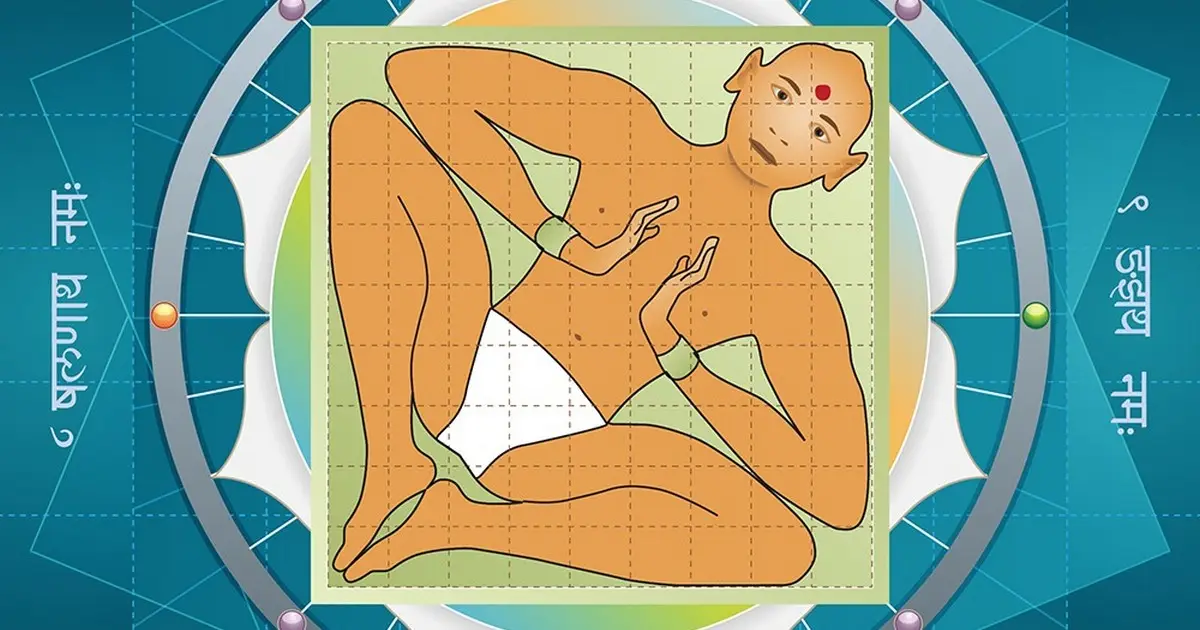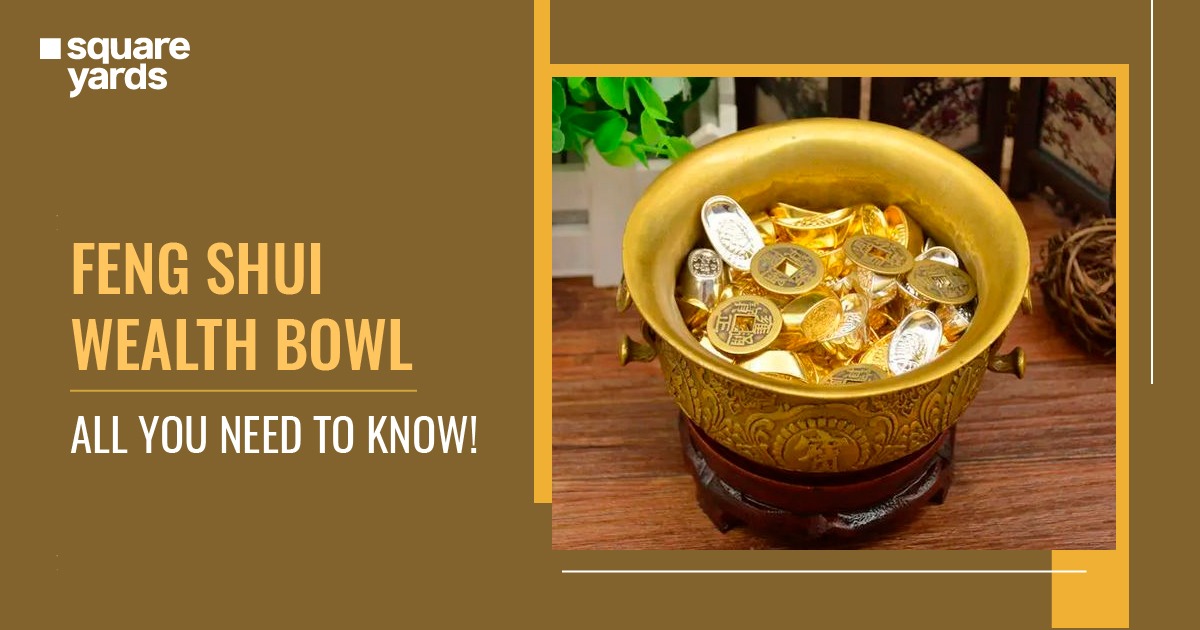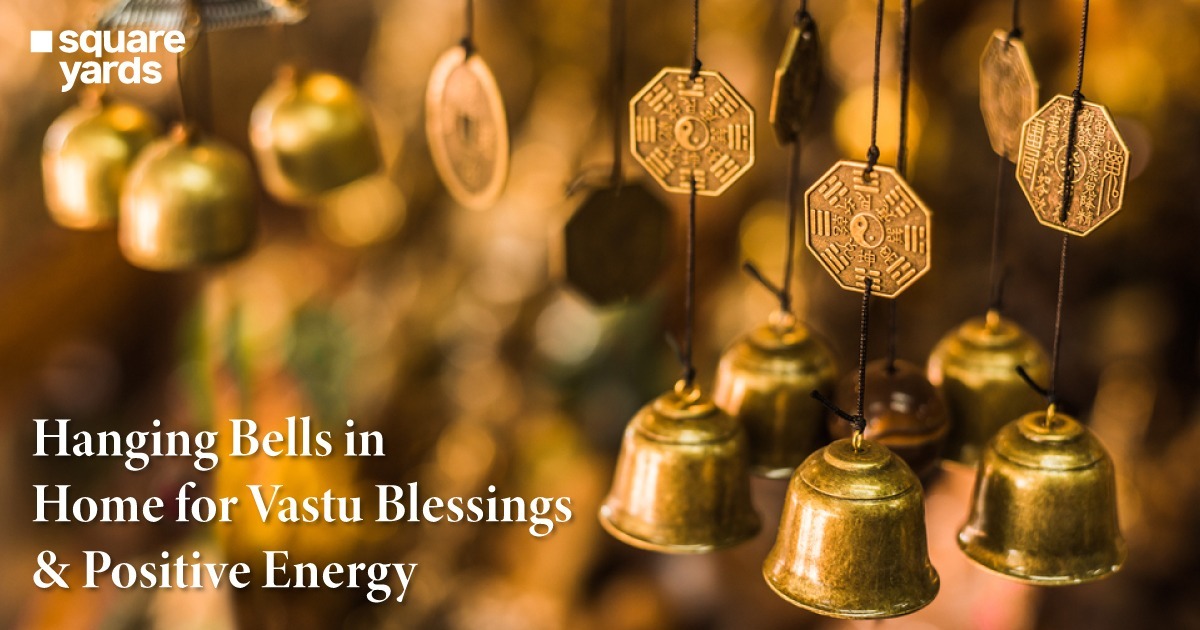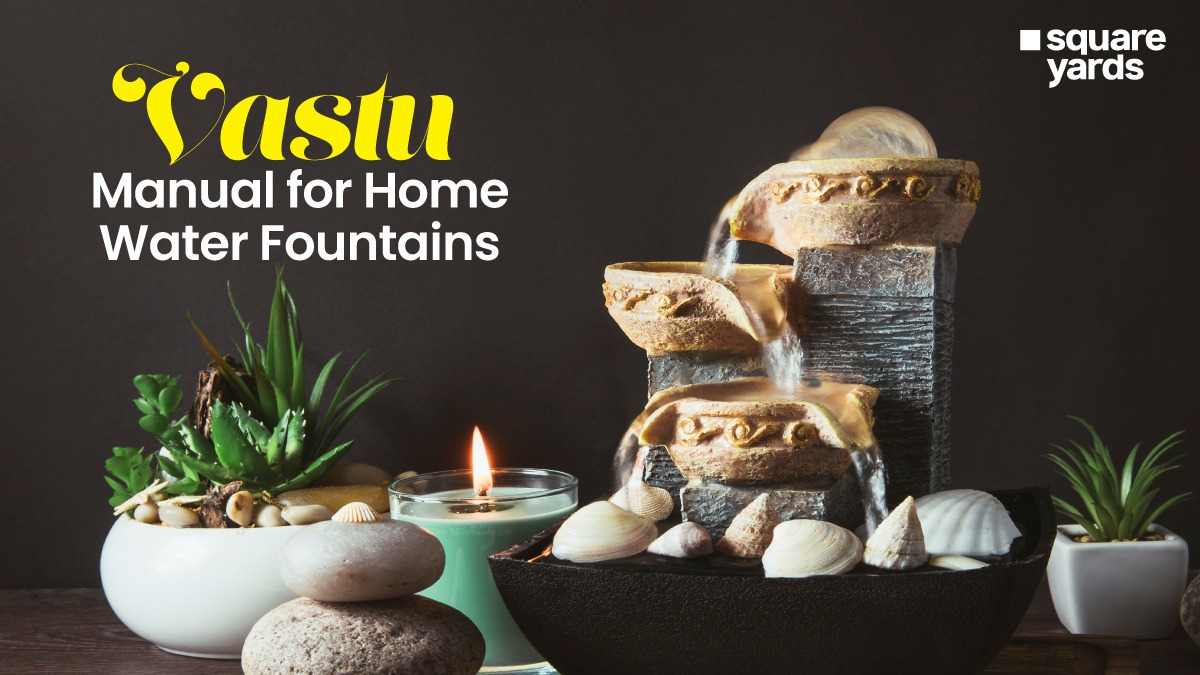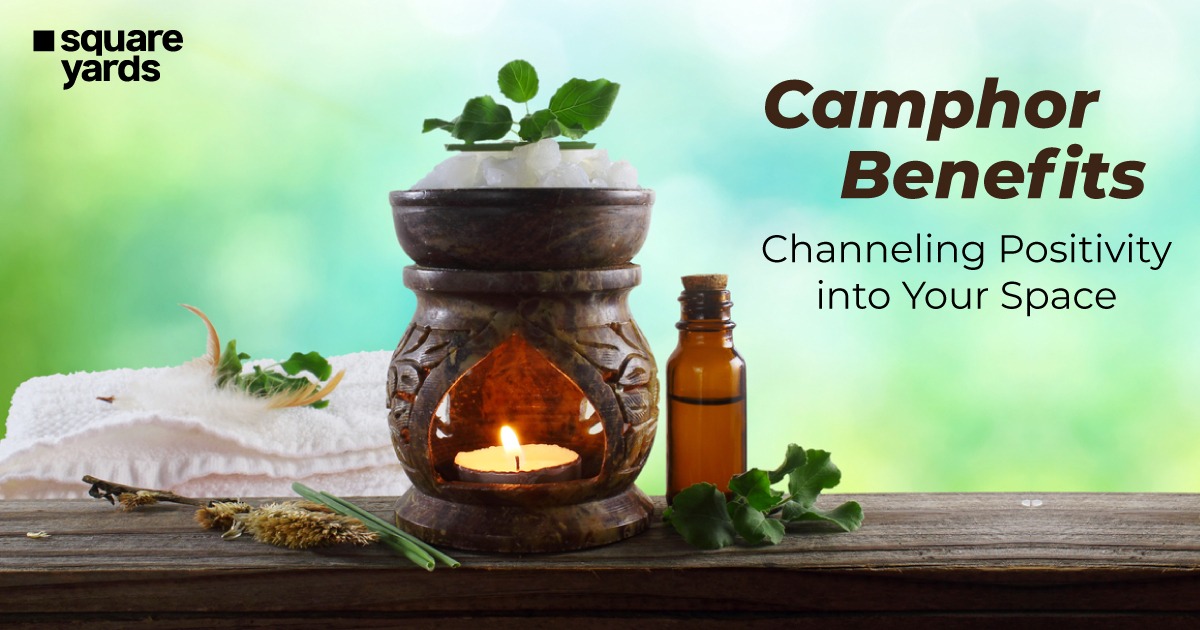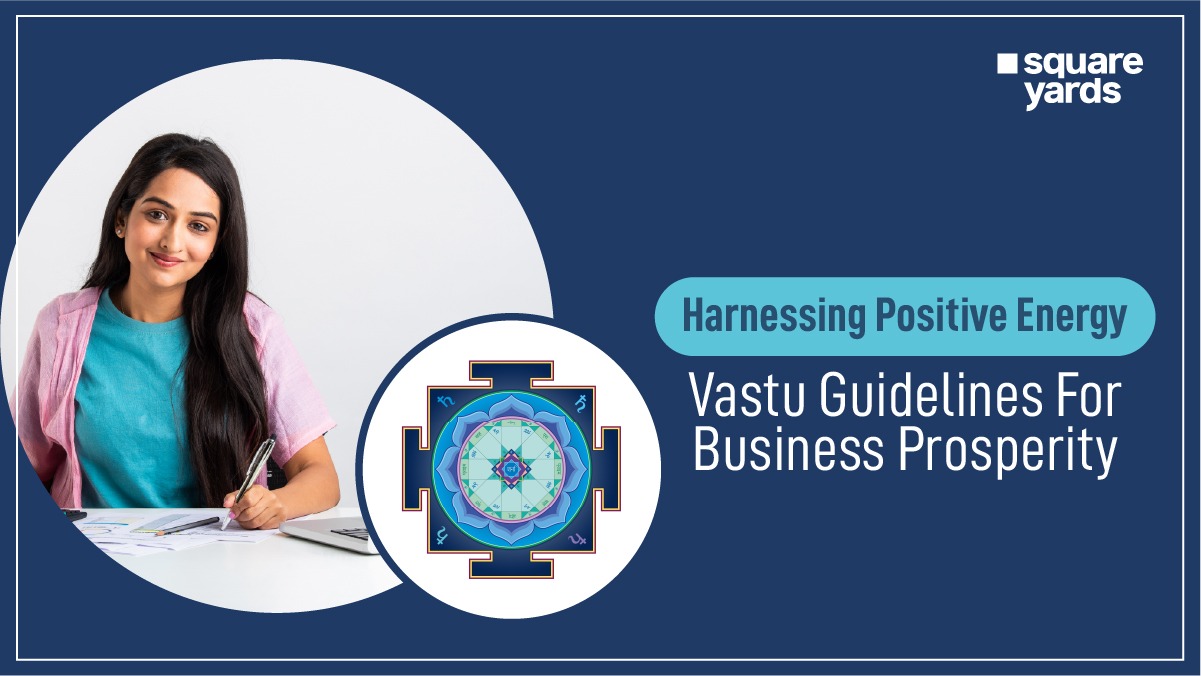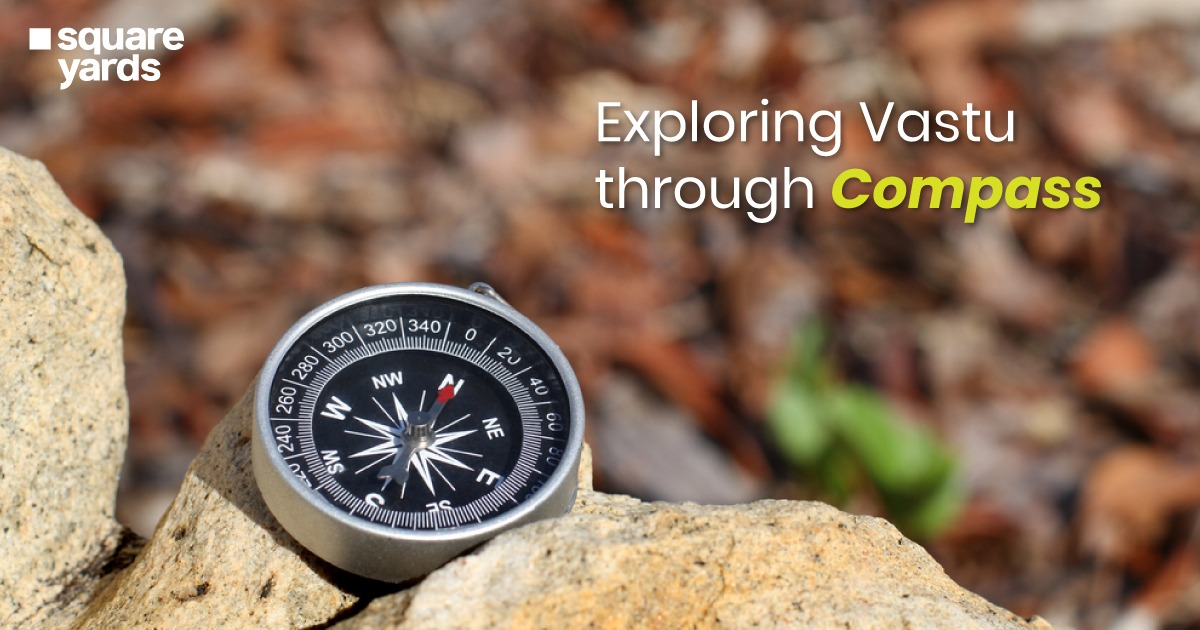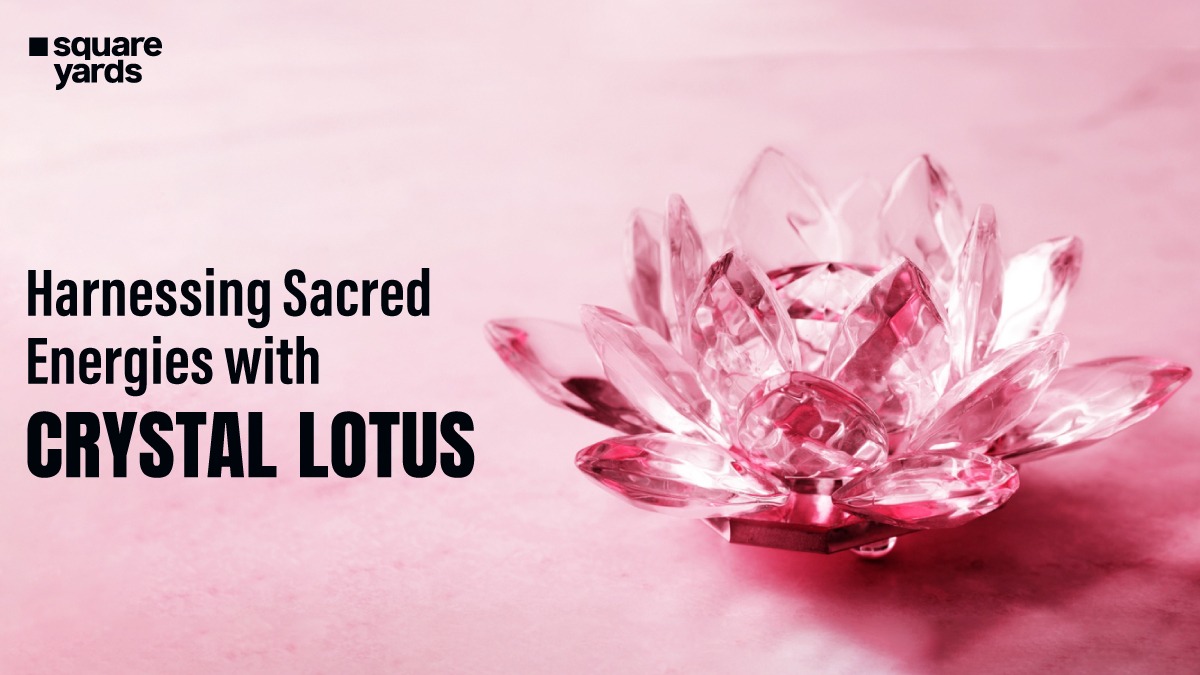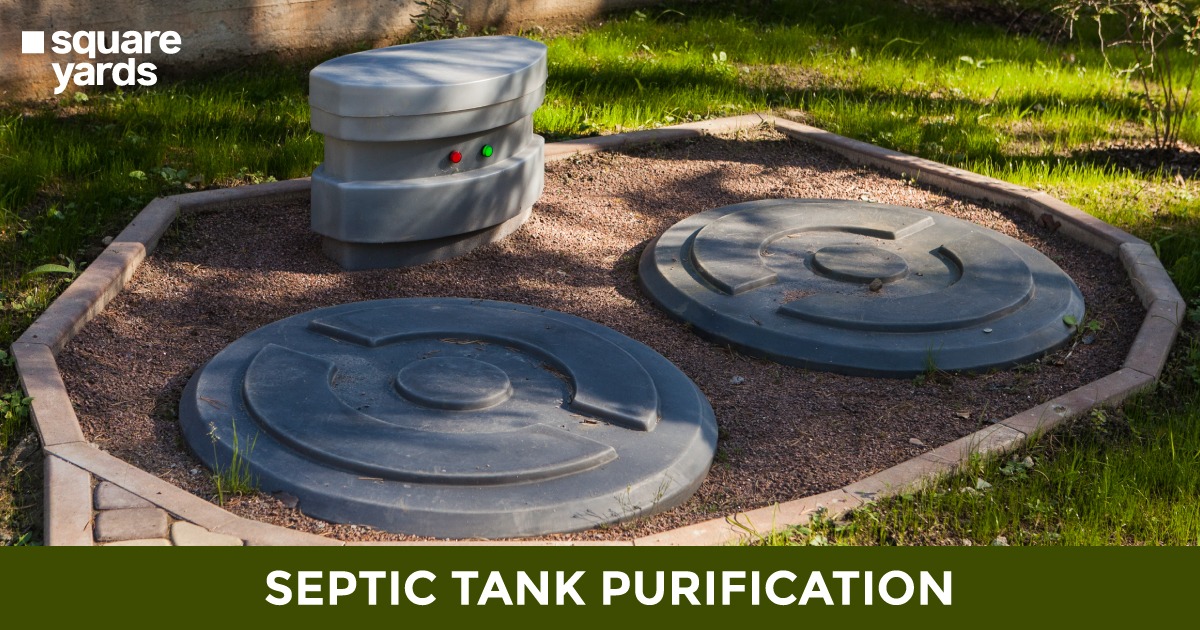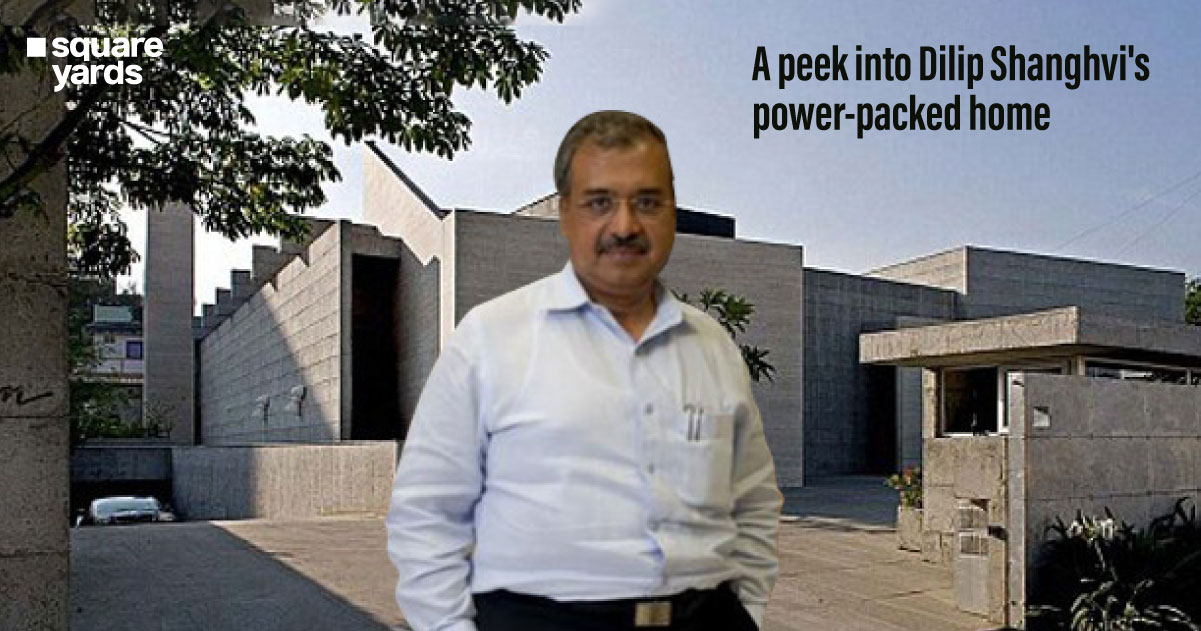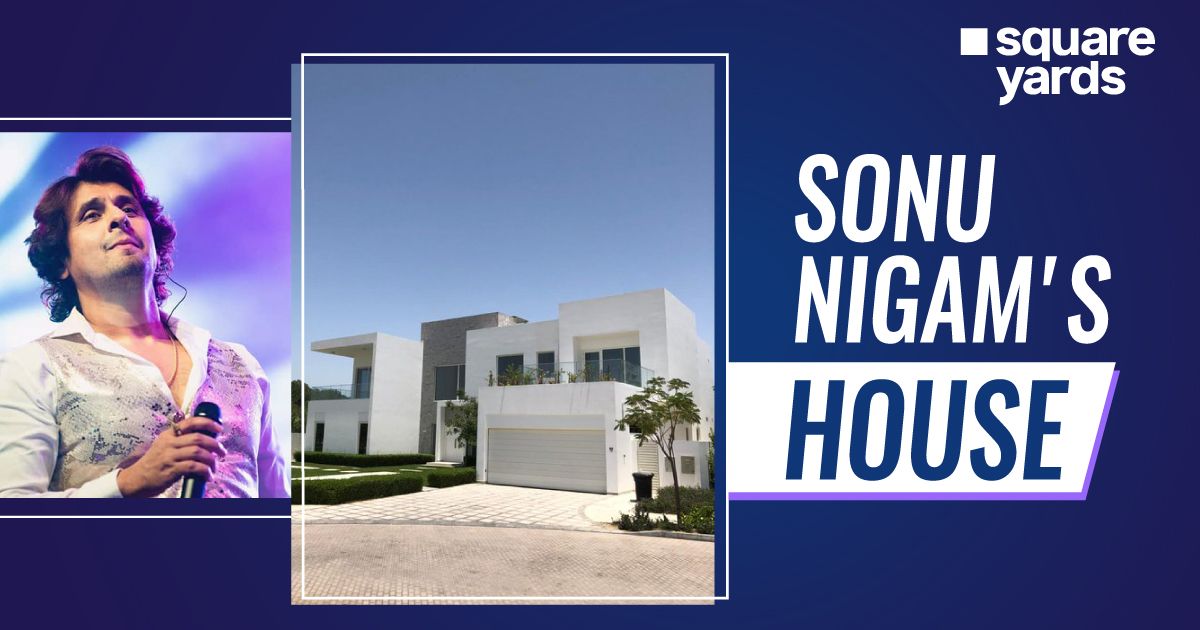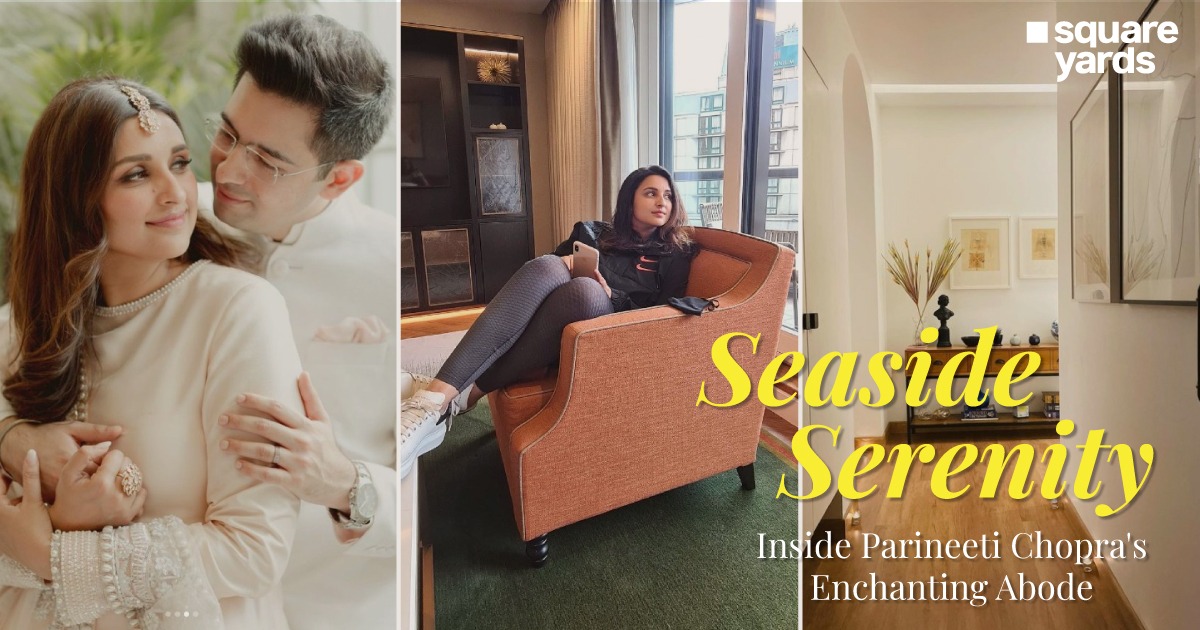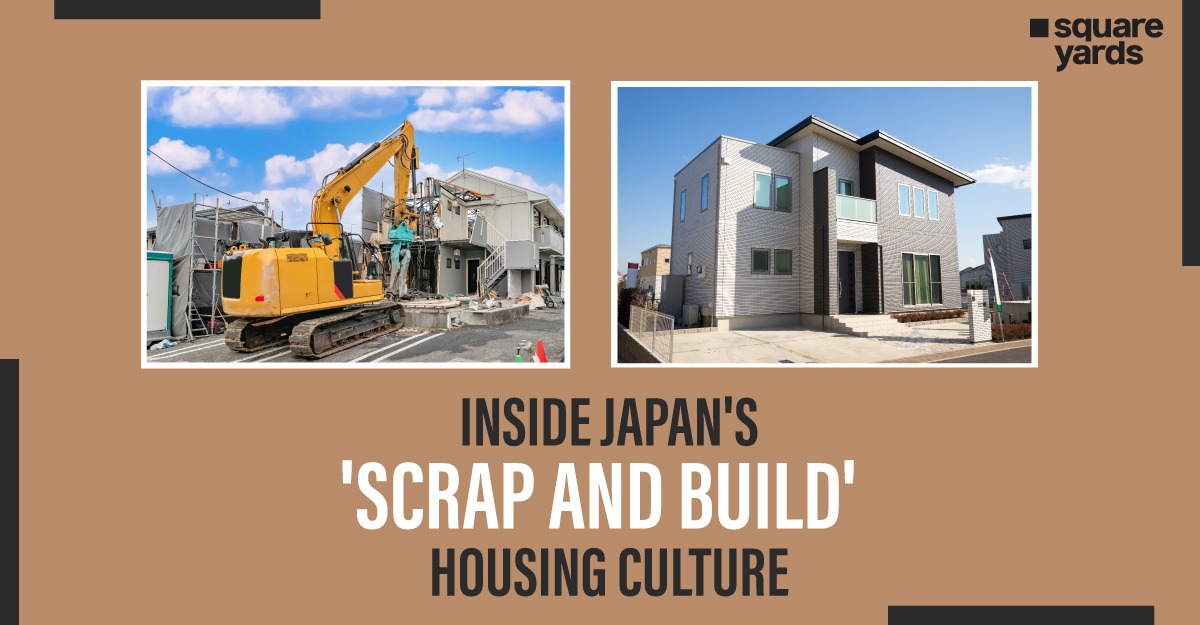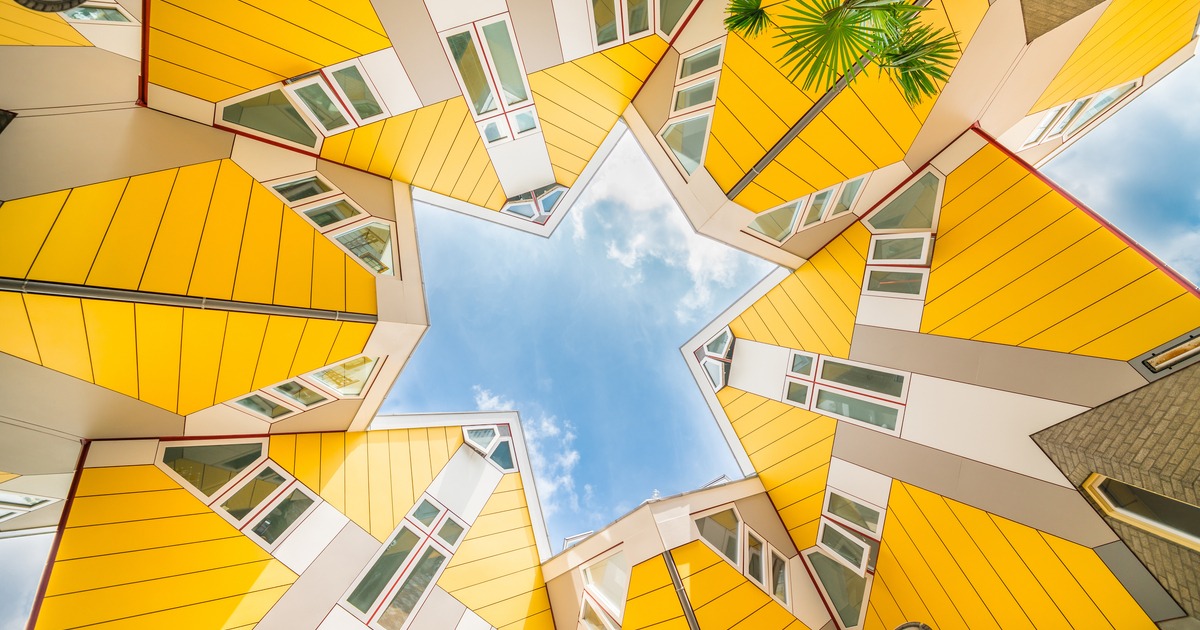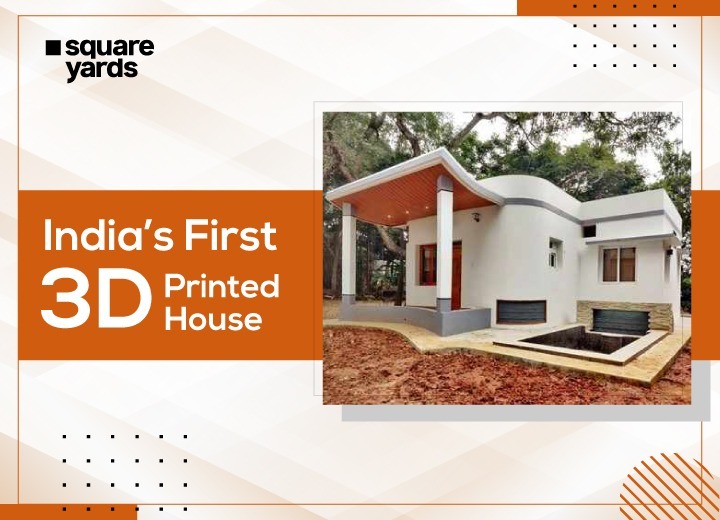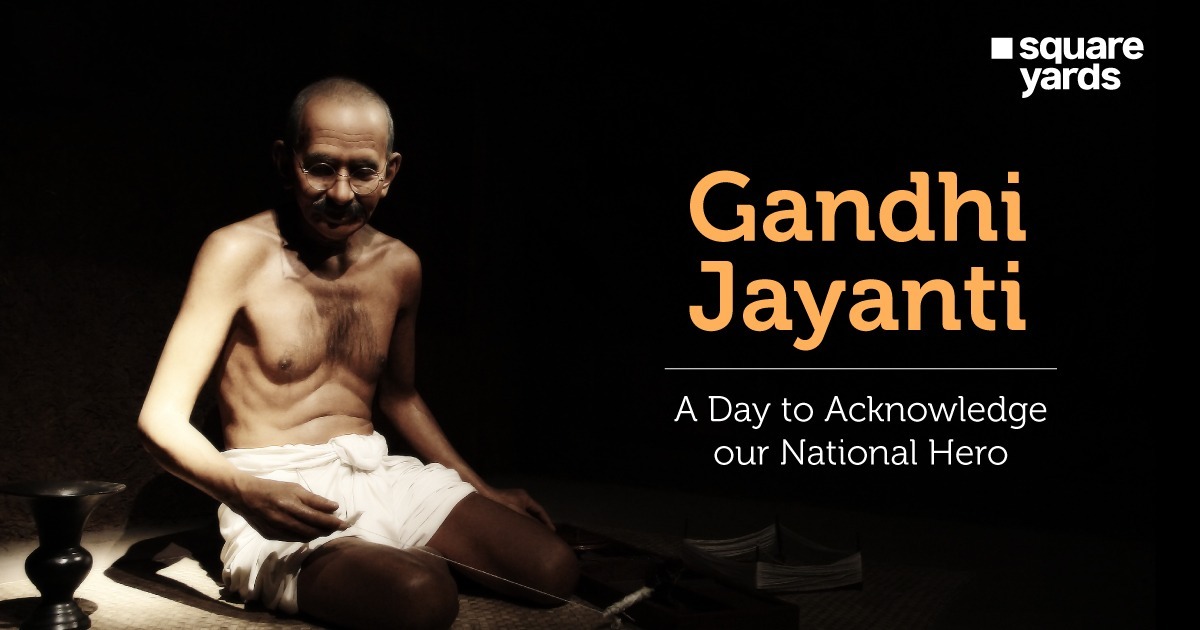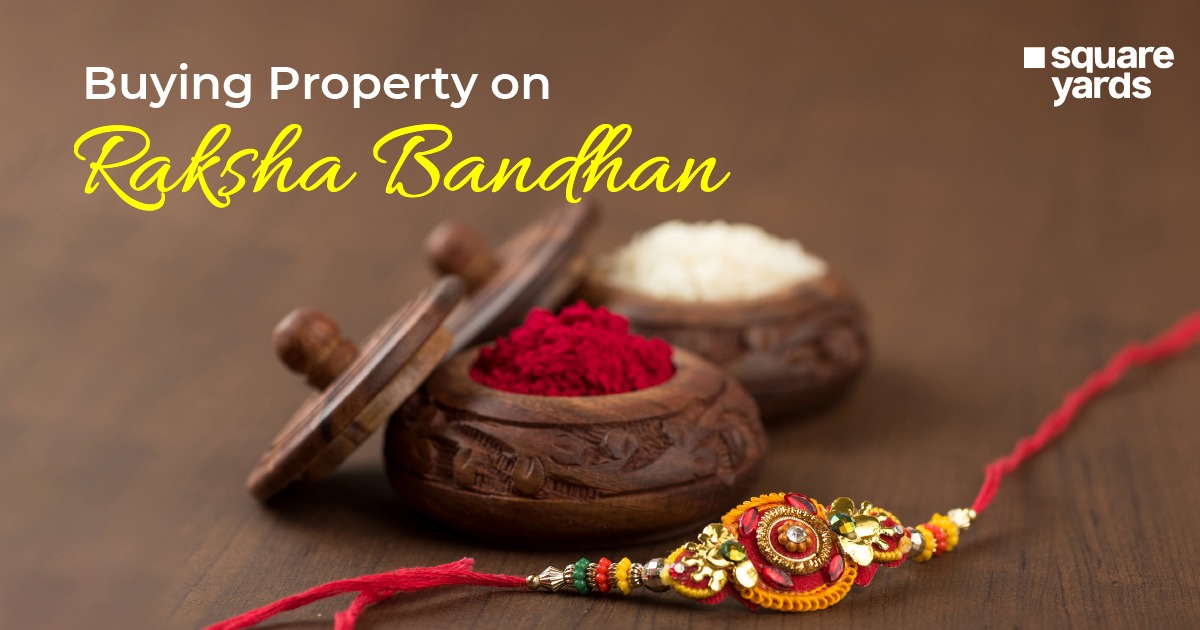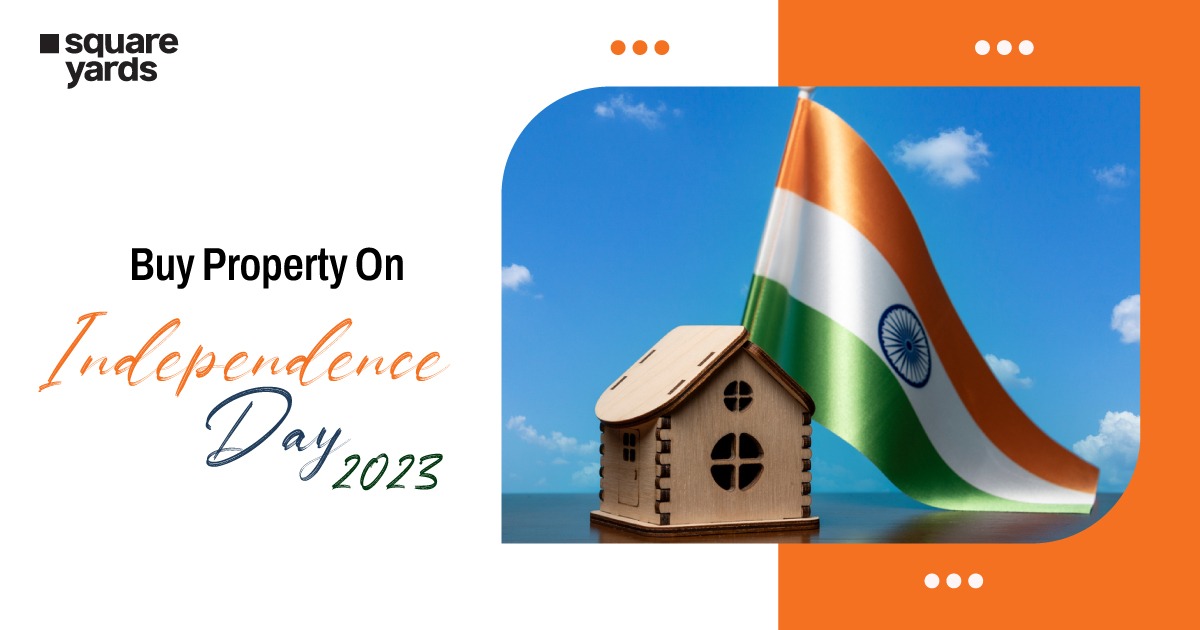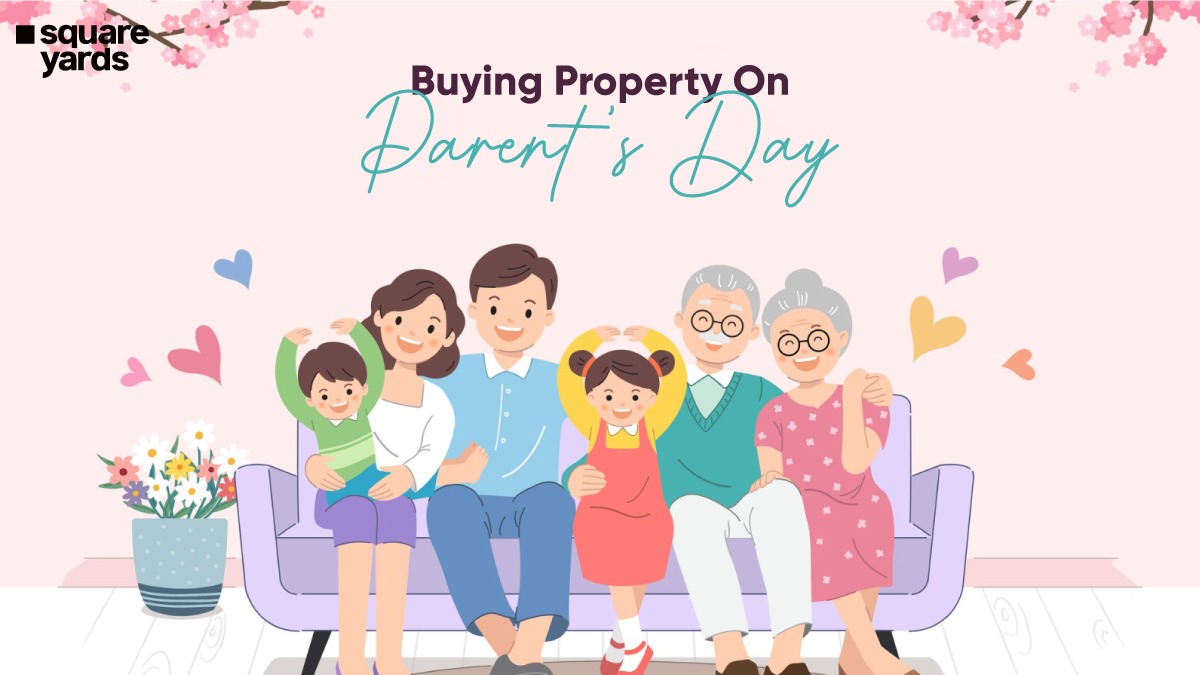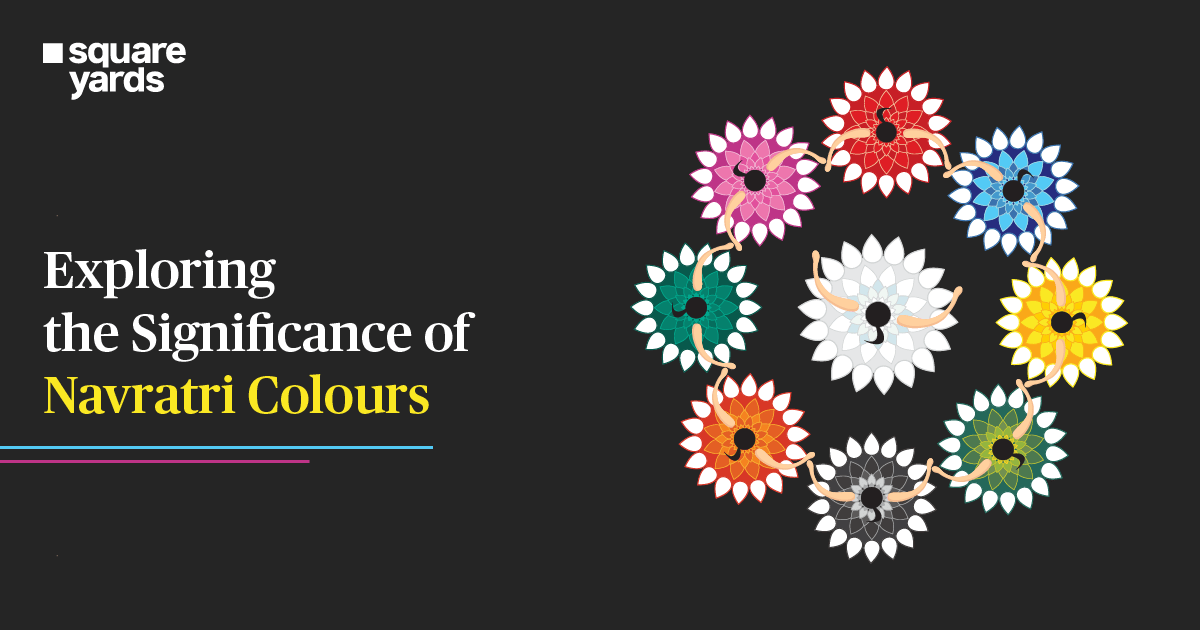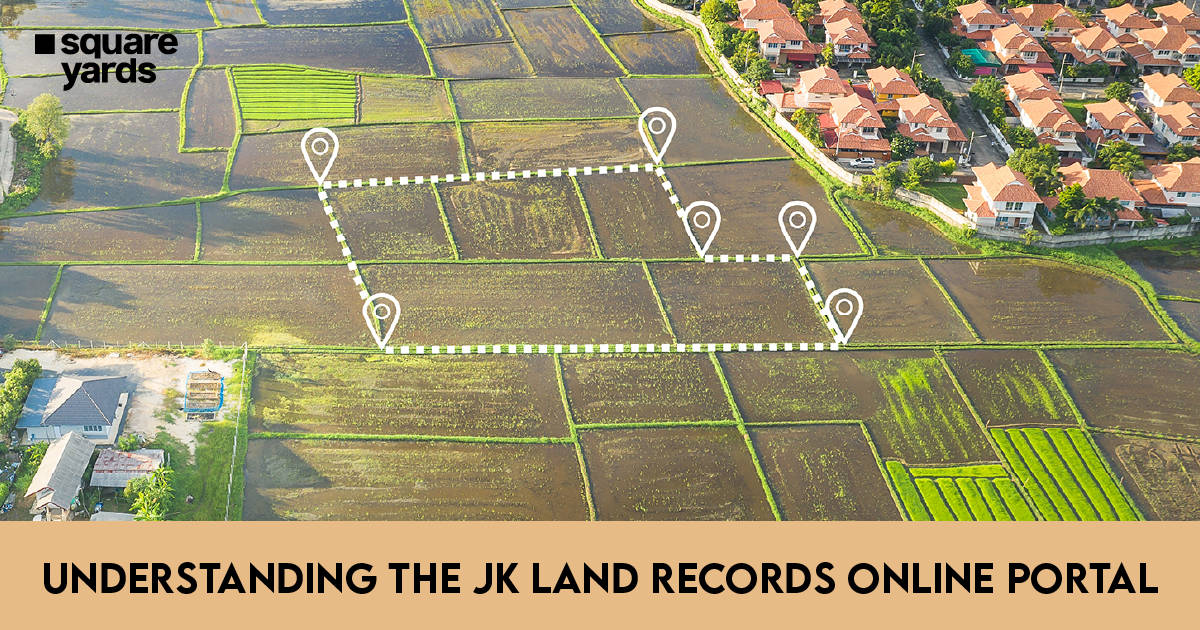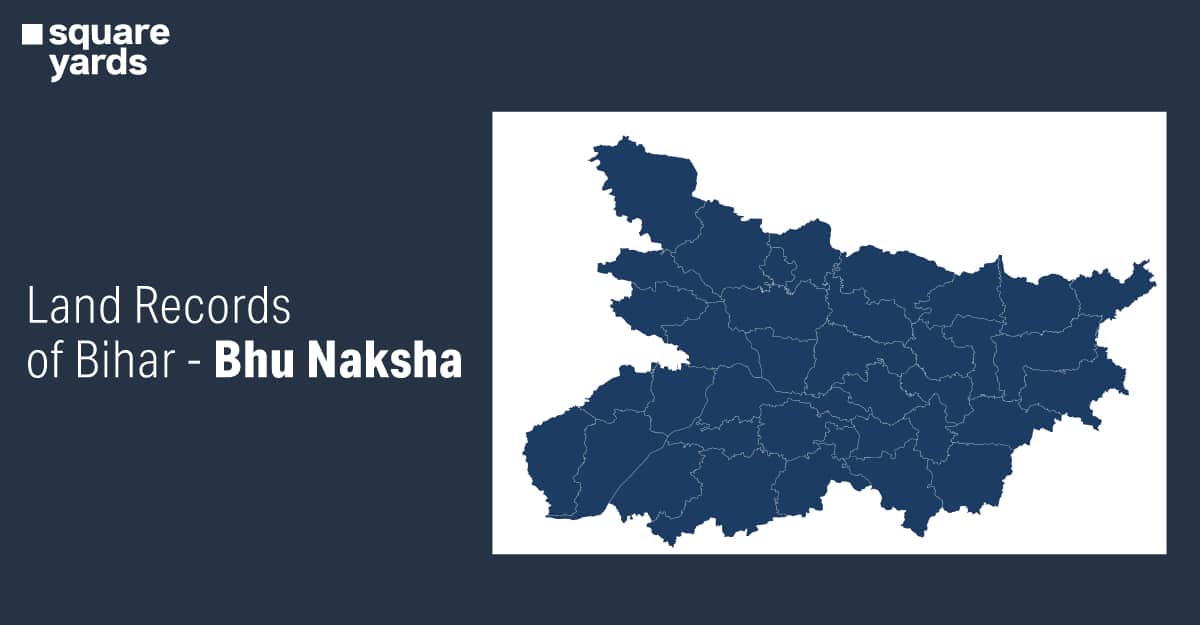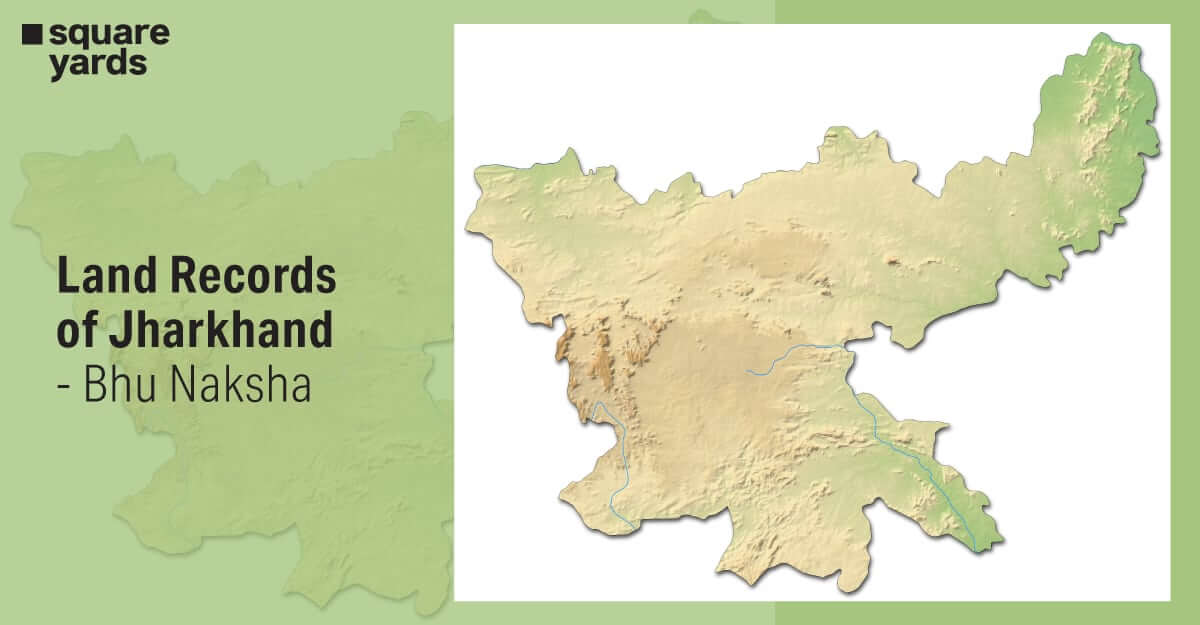You’d have heard people complaining about how something does not match their ‘vibe’ or how they can feel some ‘positive vibes.’
Well, for this very reason, more and more people are choosing Vastu Shastra for their homes. It is believed that Vaastu brings good vibes to your home. Bringing some simple changes to your home can attract positive energy. It can be said that Vastu Shastra can help you eliminate all the ‘negative vibes’ from your home and life in general. Due to this very reason, Vastu Shastra is followed during the construction of both residential and commercial spaces. Do you also want to join the millions of people who have enhanced their homes with Vastu Shastra? If yes, then read this blog to learn more about the meaning of Vastu Shastra, its techniques, its importance, and much more.
Table of contents
What is the Vastu Shastra?
Before understanding the significance of the Vastu Shastra, it is important to understand its meaning. For starters, vastu shastra definition means ‘home’, and Shastra means ‘science’. Although the Vastu Shastra dates back thousands of years, it relies on Vastu science through our ancient scriptures. It is all about balancing the energies of our universe. Yes, it is a known fact that our universe is filled with energy.
Vastu Shastra meaning is all about balancing all these energies to bring harmony to a place. Hence, it is beneficial to incorporate the elements of Vastu Shastra by aligning the architectural design. To put it simply, Vastu Shastra is beneficial not only to bring physical comfort to a space but also to bring overall spiritual well-being.
Vastu Shastra in English: The science of Vastu Shastra helps developers comply with the elements of nature. For example, Vastu Shastra suggests that the living room face east to catch the morning sun. There are many more such guidelines to be followed. We’ll look more at the importance of such techniques.
Vastu Shastra origin
The origin of the Indian Vastu Shastra evolved during Vedic times in India. The art of Vastu originates in the Sthapatyaveda, a part of the Atharvaveda, which emerged as a system of knowledge involving the connection between man and his buildings—in other words, Vastu Shastra architecture.
Here, it arises to teach the art of living, designing, building in harmony with nature, and stimulating positive energy. The Sthapatya Veda could be the theory, while the Vaastu Shastra is the application of this knowledge, the “science of architecture.”.
Worried About Your Home Vastu? Have Vastu Consultant Advice for Your Home
Importance of Vastu shastra in architecture
An ancient Indian architectural and design concept called Vastu Shastra promotes the creation of peaceful living and working environments. Vastu has its roots in Hindu and Vedic traditions, but people from many different backgrounds and faiths have expressed interest in applying its principles to their houses and constructions. There are various reasons why hindu Vastu Shastra is considered very important in the architecture of Vastu:
1. Balancing Energies: The goal of Vastu Shastra is to create a good and harmonious environment in a space by balancing the five elements (earth, water, fire, air, and space). It is said that when these components are properly aligned, positive energy flows more freely, fostering prosperity and general well-being.
2. Health and Well-Being: To ensure occupant well-being, Vastu Shastra recommends precise orientations and placements of rooms. For example, it’s thought that preserving physical and mental health depends on where the restroom, kitchen, and bedroom are located.
3. Enhancing Productivity: According to Vastu principles, well-designed spaces are thought to lead to enhanced efficiency and production. This is especially highlighted in workplace and office design.
4. Financial Prosperity: To promote financial prosperity and avoid wealth-related problems, Vastu Shastra offers suggestions for the placement of significant aspects, such as the entrance, cash box, and accounts area.
5. Environmental Sustainability: Certain ideas of Vastu are in line with contemporary notions of environmental sustainability. It might advise using eco-friendly materials, enough ventilation, and natural light, for instance.
Five Elements of Vaastu Shastra
Vastu-Shastra is based on the five essential elements: Prithvi (earth), Agni (fire), Tej (light), Vayu (wind), and Akash (ether), which are known as panchabhutas. The whole universe, including the earth and the human body, is considered to be made out of these five elements that affect the cosmic forces and the forms of energies.
According to the Vastu Mandal, the cosmos is full of beneficial energies, and all these elements, combined with ideal directions, create a balanced and harmonious living environment.
Vastu Shastra Directions
The importance of the orientation of the building is to have a better house design, implying positive energy and nullifying negativity, creating an environment conducive to total success, harmony, tranquility, and good health.
| Directions | Effect | Function |
| North | Wealth & prosperity | Living room, seating, office, entrance |
| North-East | Religion & trinity | Puja room, well, and underground water tank |
| East | Progress & growth | Entrance, guestroom, verandah, bathroom |
| South-East | Energy, vigour & strength | Kitchen, generator, and power supply |
| South | Poor | Back yard and kitchen garden |
| South-west | Purity & cleanliness | Toilet/ washing area |
| West | Water | Overhead tank, study room |
| North-west | Air | Bedroom |
How Many Types of Vastu Shastra
The ancient Indian science of architecture and design, known as vastu shastra, has various branches and varieties that concentrate on various facets of designing attractive living areas. Among the well-known varieties of Vastu Shastra are:
1. Sthapatya Veda: This is the primary branch of the Vastu Shastra that deals with building construction and general architecture.
2. Vastu Purusha Mandala: It includes the application of a particular geometric grid known as the Vastu Purusha Mandala, which is thought to represent the cosmic energy map that affects a building’s layout and architecture.
3. Pranava Vastu: This kind focuses on boosting the good energy in an area through the use of mantras and sound vibrations.
4. Aayaadi Vastu: It means looking at a building’s measurements and proportions to make sure they adhere to Vastu principles.
5. Bhoomi Puja: This ceremony is carried out in order to provide a good atmosphere and ask the Earth for blessings before building development begins.
6. Color Vastu: focuses on using color in various areas of a building to create harmony and balance the energy.
7. Gruha Vastu: Focuses on residential architecture and design ideas in particular.
Shilpa Shastra: This involves the sculptural and artistic features of Vastu, such as the arrangement and composition of sculptures and other ornamental components.
8. Yantra Vastu: This involves enhancing positive energies in a space through the use of particular geometric diagrams or yantras.
9. Chakra Vastu: It applies the concepts of chakras and energy centers to arrange and create living areas.
10. Commercial Vastu: It emphasizes the application of Vastu principles in offices, commercial buildings, and other business establishments.
Principles of Vastu Shastra
Vaastu Shastra in modern times is similar to the one that was practiced in the ancient period. However, the process and the approach have been modified, according to present-day needs. Nevertheless, the central idea of the Vaastu-compliant buildings remains the same, which has descended from the Vedic sagas. The two important components of the updated Vaastu are the shape of structures and directions.
Vastu for home is the conglomerate of proper orientation and placement of spaces for activities that relate to the cardinal directions (north, south, east, and west).
A building and its design are the cruces of Vastushastra architecture. The exterior of a home can help channel positive vibes and prevent any negative ones.
- Symmetrical or right-angled shaped plots, such as rectangles or squares, work well according to Vastu principles. These plot shapes are highly beneficial and lead to prosperity, well-being, and happiness for the homeowners.
- Irregular or curved-shaped structures (oval, circular, or semi-circular) are inauspicious as per the Vastu house plan, they restrict an individual’s growth and cause sorrow, misery, loss of wealth, and other problems.
As per Vastu, any direction that a home faces—East, West, North, or South is considered good, provided they adhere to some principles. According to Vastu, there are 32 gates or padas out of which 9 ( Mukhaya, Bhallat, Soma, Jayant, Indra, Vithatha, Grihrakshita, Sugriva, Pushpdanta) are considered to be auspicious for the home entrance.
1. North-facing House Vastu Plan
The north direction is dedicated to Lord Kuber, the god of wealth. If Vastu principles are implied properly, a north-facing home can be brimming with positivity and prosperity. For a north-facing house in the Vastu plan, the main entrance of a house is in a north direction. It is important to acknowledge that the direction of a house is determined by the position of its main door. However, it is essential to adhere to guidelines for positioning certain elements to make a huge difference in your lifestyle and future while designing a north-facing Vastu house plan. For instance, the kitchen should be in the northwest direction. One can also choose the south direction for the kitchen Vastu in the north-facing house.
2. South-facing House Vastu Plan
South-facing homes get a very bad reputation, and most home buyers tend to run a bit weary. These misconceptions can easily be slashed with the right south-facing house Vastu plan tips that can bring in positivity, happiness, peace, and prosperity. According to Vasudevastra, the entrance to your south-facing property must be placed in the centre of a south-facing wall or area, so that positive energy is aligned throughout the house. East and south directions are ideal for pooja room Vastu in a south facing house.
The amount of sunlight received in south facing home can be a boon or bane, depending upon the location and surroundings of the building. In summers, maximum sun radiation is quite harmful to the human body, while during winters or in hilly areas, the energy consumed keeps the house warm and heated.
3. East-facing House Vastu Plan
According to Vastu Shastra, an east-facing house is considered auspicious for the homeowners. In accordance with a scientific view, east-facing house Vastu plans are blessed with good fortune and luck. The sun rays in the early morning in east-facing houses. This direction seeks maximum positive energy and good health for the owners. Moreover, houses that are broad in view and are at a lower level toward the east than in any other direction are prosperous.
For an east-facing home, the main entrance should be exactly in the middle rather than in the south-east or north-east, as these two corners are considered unfavourable, according to Vastu. If it is in the northeast corner, ensure you leave a six-inch gap between the wall and the main door to maximise the flow of positive energy inside.
Vastu for the living room should be placed in the north-east side to success in both personal and professional life. Further, Vastu for bedrooms in east-facing properties should be placed in the southwest direction. Staircase Vastu Tip: Build a staircase in the south or western direction of the house.
4. West-facing House Vastu Plan
Among homeowners, a west-facing house is usually less preferred, as they are considered inauspicious, which is a myth due to a lack of understanding and misinterpretation of the Vastu Shastra. Experts say that the West direction brings wealth and prosperity, which proves favourable, especially for people in certain professions like business, politics, nursing, and teaching.
The entrance of the home exudes positive energy, in the west-facing house Vastu plan, the main entrance should be designed as per the Vastu principles, located within the right ‘padas’ or steps. As per the Vastu concepts, the pooja room and living room should be in the northeast of the house, as it is a sacred corner.
However, pooja room Vastu for west-facing properties can also be considered in the west direction, but make sure idols face the east direction. In the living room, as per experts, the right placement of a money plant, Vastu, is very important to see its positive effect on your life. It should be kept in south-east direction for good luck and prosperity.
Vastu Shastra Principles for Office
When constructing an office or any commercial building, people adhere to Vastu Shastra principles, to usher in luck and fortune. From financial circulation to business stability, it is believed that Vastu can bring prosperity and holistic well-being to the workplace.
Here’s how you can pave the way to success with these Vastu office tips:.
- The office doorway should be located in the north, north-east, or north-west direction. As per the Vastu guidelines, the northern direction is ruled by the god of wealth, Lord Kuber, while the north-east direction, headed by water, is indicative of a person’s financial status.
- Entrepreneurs or business owners should sit facing the north, east, or north-east direction, as it advocates financial growth and new beginnings.
- Important financial documents should be secured in the southwest zone of the office, while the office safe can be placed in the northeast direction for growth and profitability.
- The decor items must be placed in the right direction to pave the way for prosperity and positivity at work.
Benefits of Vastu Shastra
- Vastu-compliant homes built in accordance with the natural elements balance the cosmic energies and ensure prosperity and overall success.
- The perfect Vastu settings let positive energies flow into your house, enhance inner peace, and harmonize the relations.
- Vast guides a clutter-free and well-lit home that attracts good vibes and uplifts financial conditions.
- The Vastu house plan keeps designs, colours, and materials in mind that are beneficial for both the physical and emotional health of dwellers.
In Conclusion
Vastu Shastra is an ancient practice used in the architecture of structures. This practice consists of certain rules to be followed when designing a home. This set of rules helps create spaces that make you feel happy. Vastu ensures that your home. Vastu Shastra connects the energy of the Earth and the cosmos so that all the natural elements create positivity. The five elements, i.e., the earth, water, fire, air, and space,. Before preparing the groundwork, a layout is prepared based on the measurements of your home. This layout is designed to make the home Vastu-compliant by allowing the free flow of positive energies. For instance, specific attention is paid to the direction of sunrise to make the home vastu-friendly.
Explore more about Vastu Shastra :
Frequently Asked Questions (FAQ)
Which Vastu is good for a house?
The northeast corner is considered to be the most auspicious section of the house, according to Vastu Shastra.
Does Vastu Shastra actually work?
It is not vital for a living, but it is surely handy for a healthier and happier life.
How is Vastu Shastra calculated at home?
Vastu shastra is calculated by keeping in mind the placement of rooms, their directions, and the height of the walls.
Where should we keep photos of Vastu Bhagwan?
The northeast corner is the place of worship where the idols are placed.
Is Vastu mentioned in Vedas?
Yes.
What is Vastu Shastra called in English ?
Ancient Science of Architecture.


